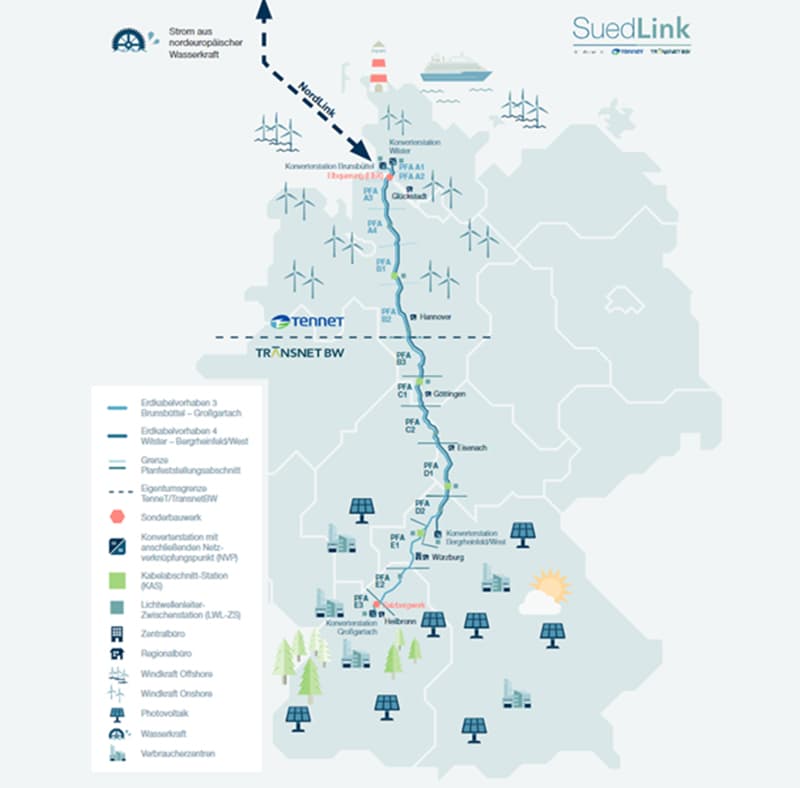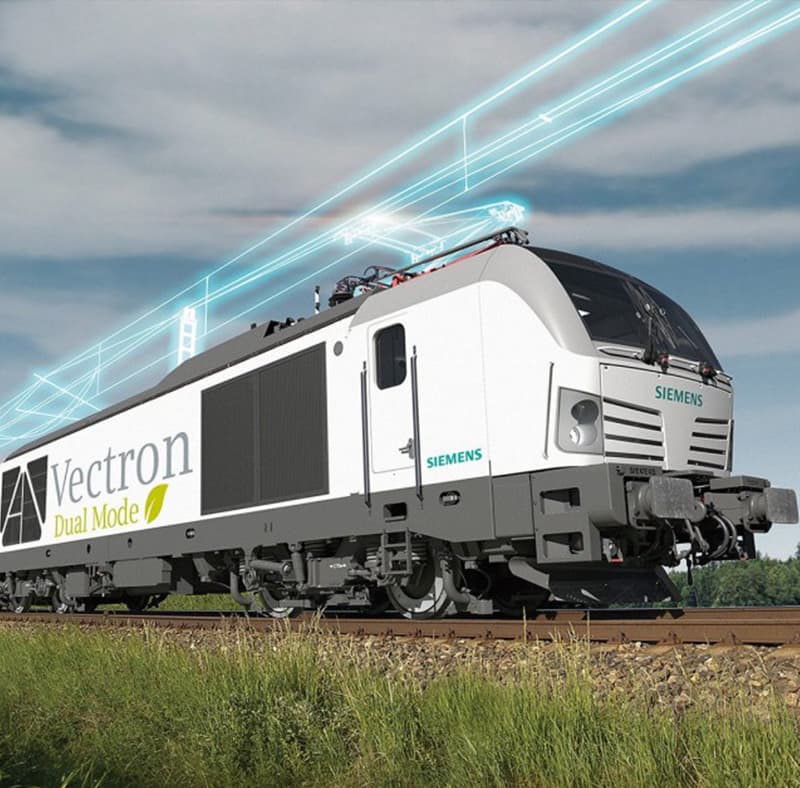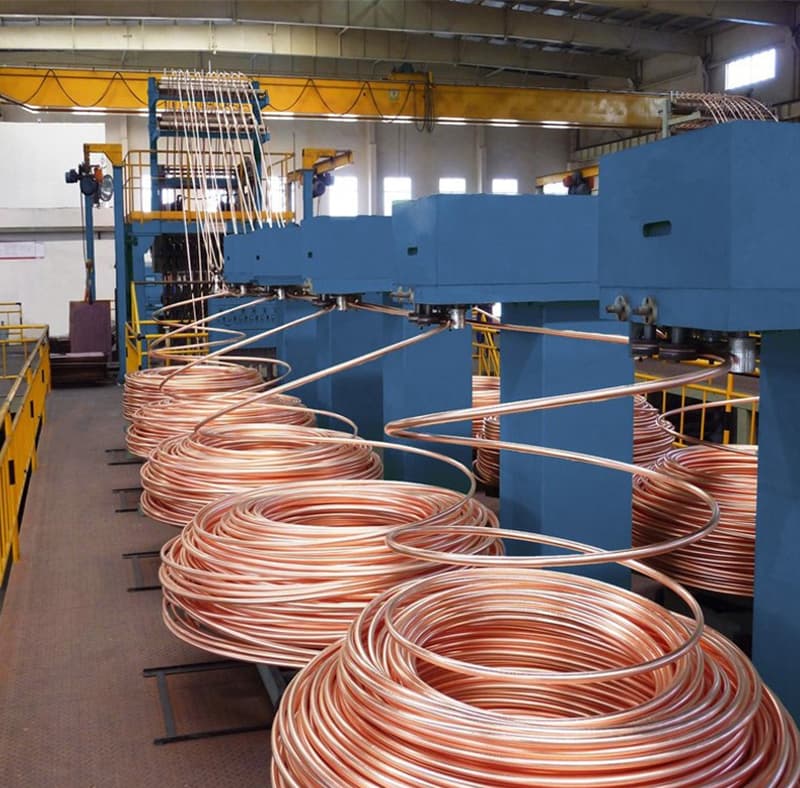









Since 1814 we have specialized in working with conductive metals, producing energy transmission components to harness electricity.
Our world-class innovative technologies enhance the potential of energy solutions by reducing resistance and improving efficiency in high-voltage generators, transformers, e-motors and more.
To drive the global transition to green energy, we recycle and provide next-level components today, while researching and developing even more advanced solutions for tomorrow.
ASTA Group provides solutions for the energy infrastructure. We support our global customers in pushing the limits of their technological capabilities. As an integral part of the energy transition, we promote progress in the core areas:
Solutions for large power generators and transformers
Solutions for EV (electric vehicle) motors, battery connections, lock drive systems, actuators and ring motors.
Insulated copper and aluminum wires for industrial applications as well as special solutions for medical devices.






Sites
Employees
Net Sales
Mio €
Our solutions are in demand whenever maximum performance and efficiency are required, where they guarantee durability, safety and progress.
As a technology leader in the field of insulation, we create first-class quality – to the micron. We develop in lot sizes and manufacture precisely in series.
Precision at a glance using the example of continuously transposed conductors (CTCs).
With a total of six production sites in Austria, Bosnia, Brazil, India and China, ASTA is ideally positioned to provide its global customers with the best possible service for major infrastructure projects and the transition to e-mobility.